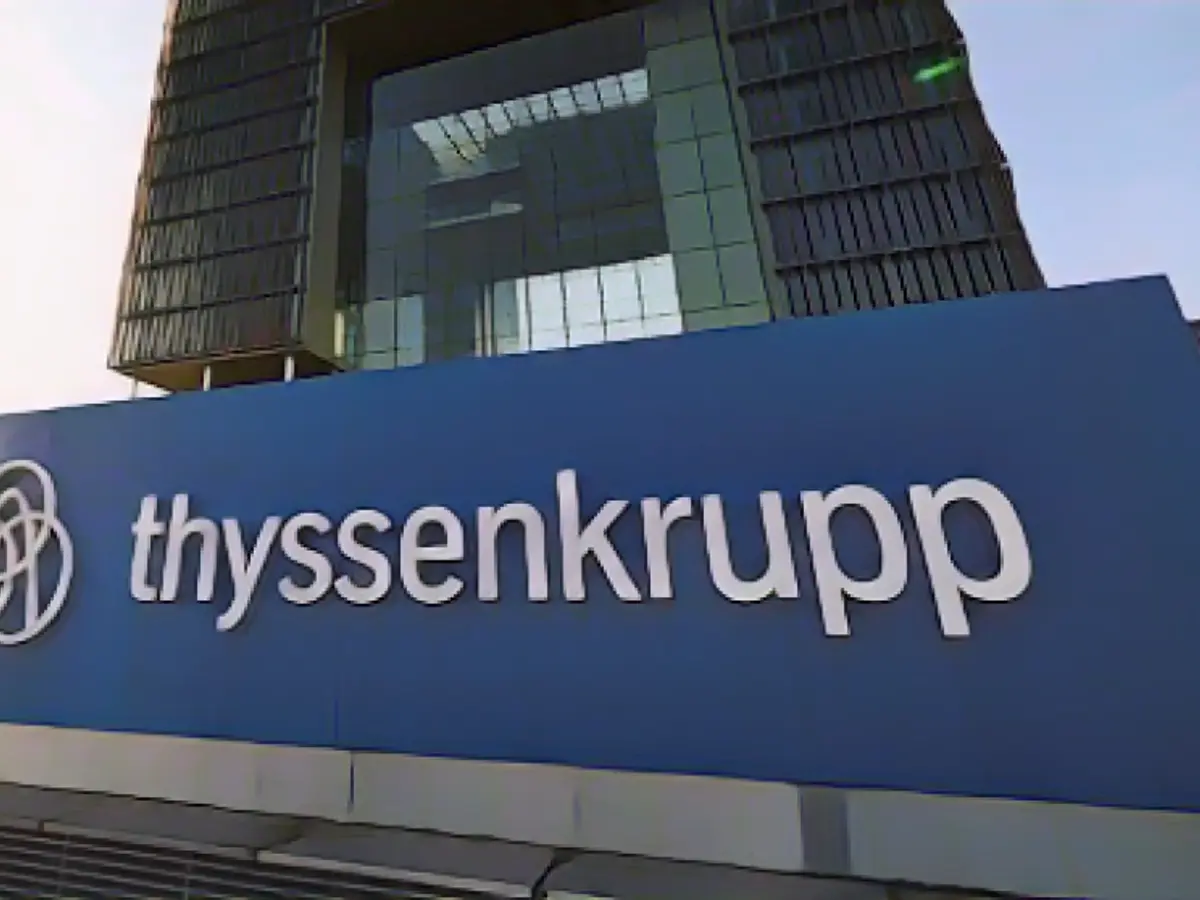Thyssenkrupp's 2022/2023 financial year has left the industrial giant with a sobering two-billion-euro loss, marking a stark contrast to the original expectation of breaking even. The previous year saw a profit of 1.2 billion euros. The subsidiary Steel Europe is to blame for the majority of these losses, with capital costs and environmental factors resulting in a 2.1-billion-euro write-down .
Shareholders need not fret, though. The dividend remains unchanged at 0.15 euros per share, ensuring their stake remains intact .
The industrial powerhouse is battling against falling steel prices and escalating raw material and energy costs, resulting in a nine-percent decline in sales to 37.5 billion euros. Despite these challenges, Thyssenkrupp maintains an optimistic outlook, predicting a return to profitability in the high three-digit million range in the upcoming financial year and anticipating a slight sales growth .
The Steel Europe subsidiary, deeply rooted in the Ruhr area, has played a significant role in Thyssenkrupp's financial struggles .
The loss can be attributed to a myriad of factors, including:
- A notable decline in steel sales, primarily due to the lower spot-market price levels across customer segments .
- Global overcapacity and competitive markets, pressuring the European steel market .
- Financial turmoil exacerbated by the fluctuating steel production landscape in Europe, necessitating strategic restructuring .
To revive and prosper, Thyssenkrupp is taking decisive action:
- Streamlining operations through a significant restructuring plan, involving the reduction of approximately 5,000 positions in the steel division and the outsourcing of an additional 6,000 roles to contractors .
- Embracing green transformation initiatives, such as constructing a 2.5-million-ton per year Direct Reduced Iron (DRI) plant and signing a Memorandum of Understanding (MoU) with Volkswagen for CO2-reduced blue-mint steel .
- Pursuing strategic partnerships, for instance, a 50/50 joint venture with EPCG for the Steel Europe subsidiary to gain a more stable and competitive market stance .
- Boosting operational efficiency through technological advancements, like modernizing the Bochum facility to produce electrical steel .
By employing these strategies, Thyssenkrupp aims to weather the financial storm and secure a stable, profitable future.
Footnotes:
[1] Bild.de [2] Marketresearch.com [3] Seekingalpha.com [4] Informindustrie.de [5] Thyssenkrupp.com
Enrichment Data: - The 2-billion-euro loss in Thyssenkrupp can be attributed to several factors, including: - Decline in Steel Sales (11% in Q1 2023) - Global Overcapacity and Competitive Markets - Financial Challenges exacerbated by the fluctuating steel production landscape in Europe - To recover, Thyssenkrupp is implementing: - Restructuring Plans - Green Transformation - Strategic Partnerships - Efficiency Improvements








